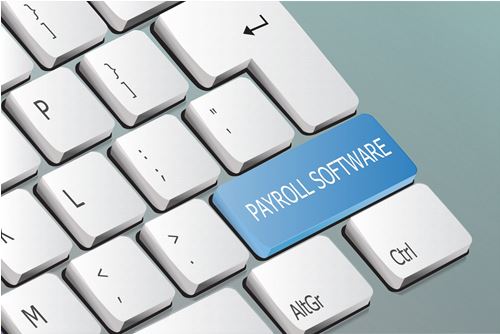
Payroll programs are software programs that help businesses pay all their employees on time and properly. Thus, if you plan on paying yourself and any future employees at your small company, you need to master payroll.
Managing payroll for your small business may seem complicated at first. Luckily, with time, practice, and software assistance, it will become second nature.
To teach you what you need to know about payroll programs for small business, we’ve created this short guide to how payroll programs function. Check it out!
-
Setting a Payroll ScheduleWhen Managing Payroll Programs for Small Business
When managing a small business, you must decide how often you are going to pay yourself and your employees. Most business employees are paid every two weeks or once every month.
The date and frequency for your payroll may vary depending on your state’s labor agency laws. Regardless, make sure that you leave enough time after each pay period ends and the time that your employees expect their paychecks for your payroll program to calculate the hours of work and withholdings of each of your employees.
-
Determine Your Withholdings
When we talk about withholdings, we are referring to the federal income taxes that your small business must withhold from each employee’s paycheck. For you to determine employee withholdings, make each employee fills out a W-4 form upon hire. Note that in most states, all business employees will need to fill out both a state-specific W-4 form and a standard W-4 form.
Employee withholdings include Social Security taxes and Medicare taxes. Even a former employee who is now unemployed needs unemployment check withholdings for the Federal Unemployment Tax (FUTA).
It is important for your small business to pay any state unemployment taxes on time. Doing so will reduce your business’s federal liability. It will also help you avoid financial penalties while still allowing you to receive a possible tax credit.
-
Keep Important Documents on File
It’s important to keep documents such as W-4, 1-9, New Hire, Fast Start Direct Deposit (FMS- 2231), Emergency Information (DL1-65), and Self-Identification and Disability (SF – 256) forms on file. This is especially important before and after the onboarding process for each of your small business’s employees.
Tools You Can Use to Help You With Payroll
Some of the most popular payroll programs out right now include QuickBooks, Gusto, OnPay, Patriot Software, SurePayroll, and Intuit Online Payroll. You can use these programs to help you do all the things we mentioned in this article. Other tools you can use to help you manage payroll include payroll calculators and Payroll 101 or Payroll for Dummies books.
_________________________________________________
Related articles you may find interesting:
